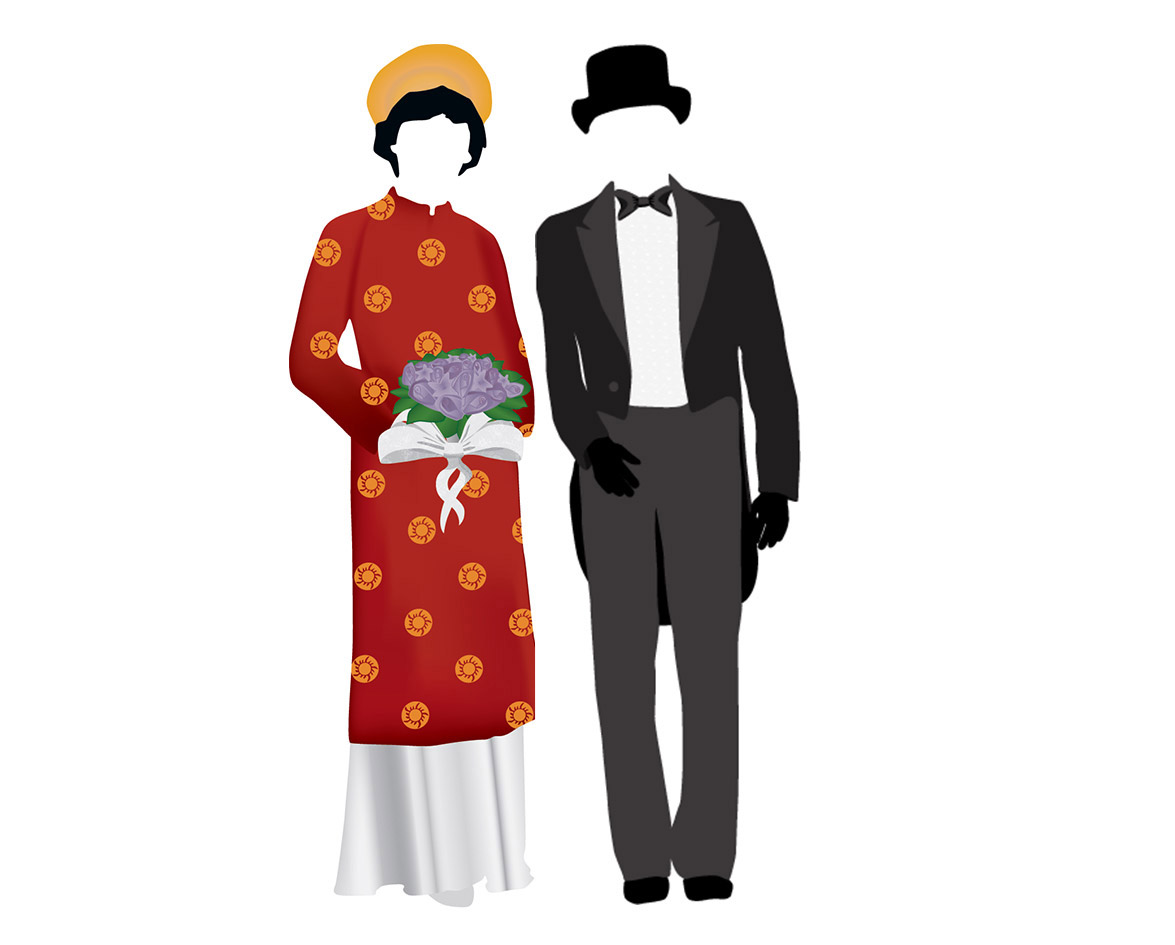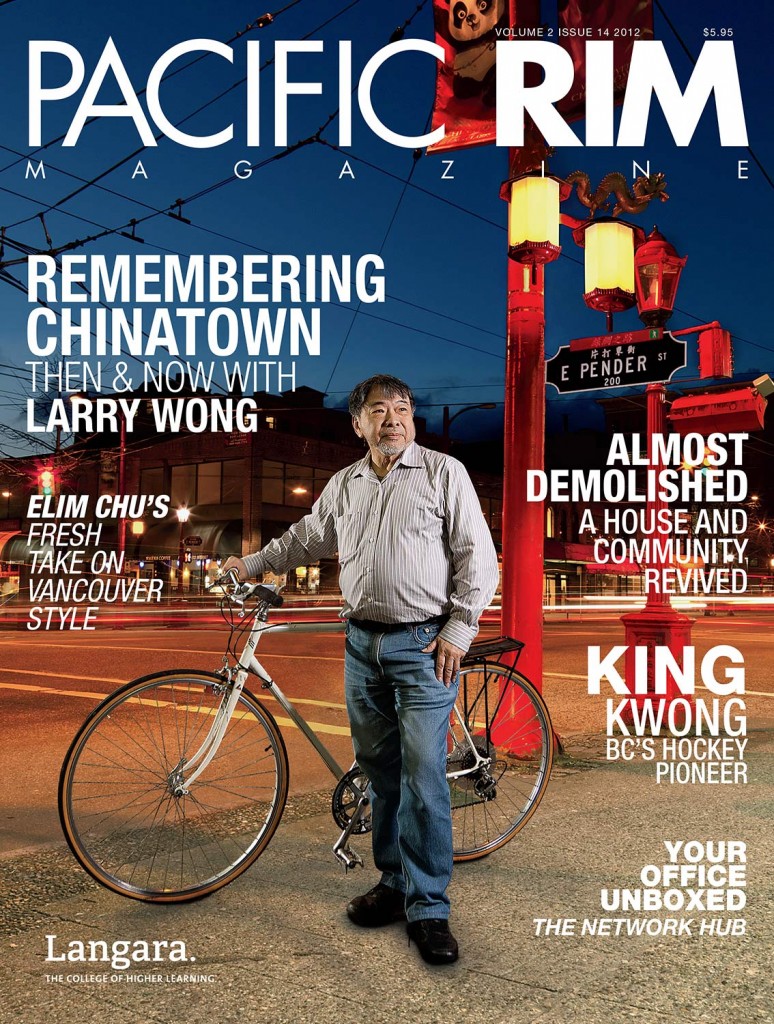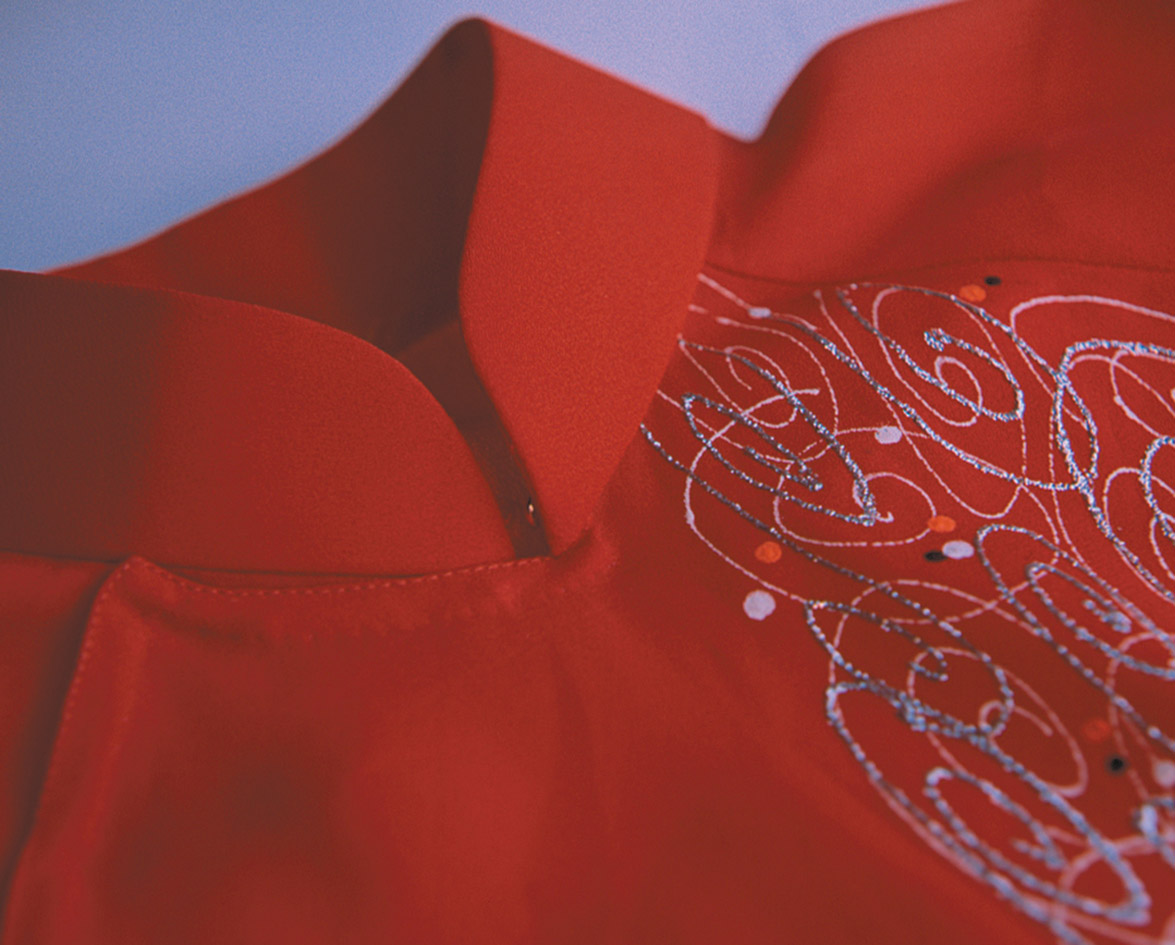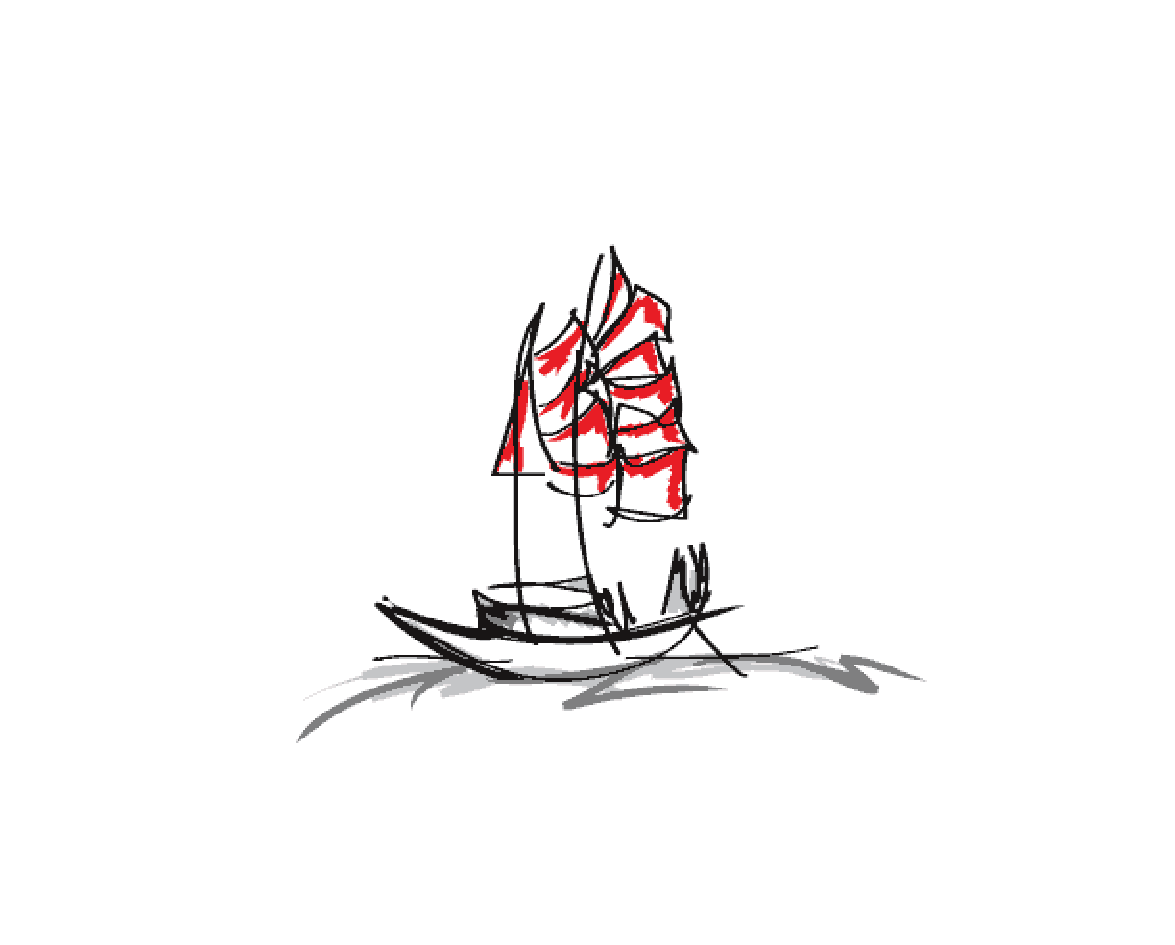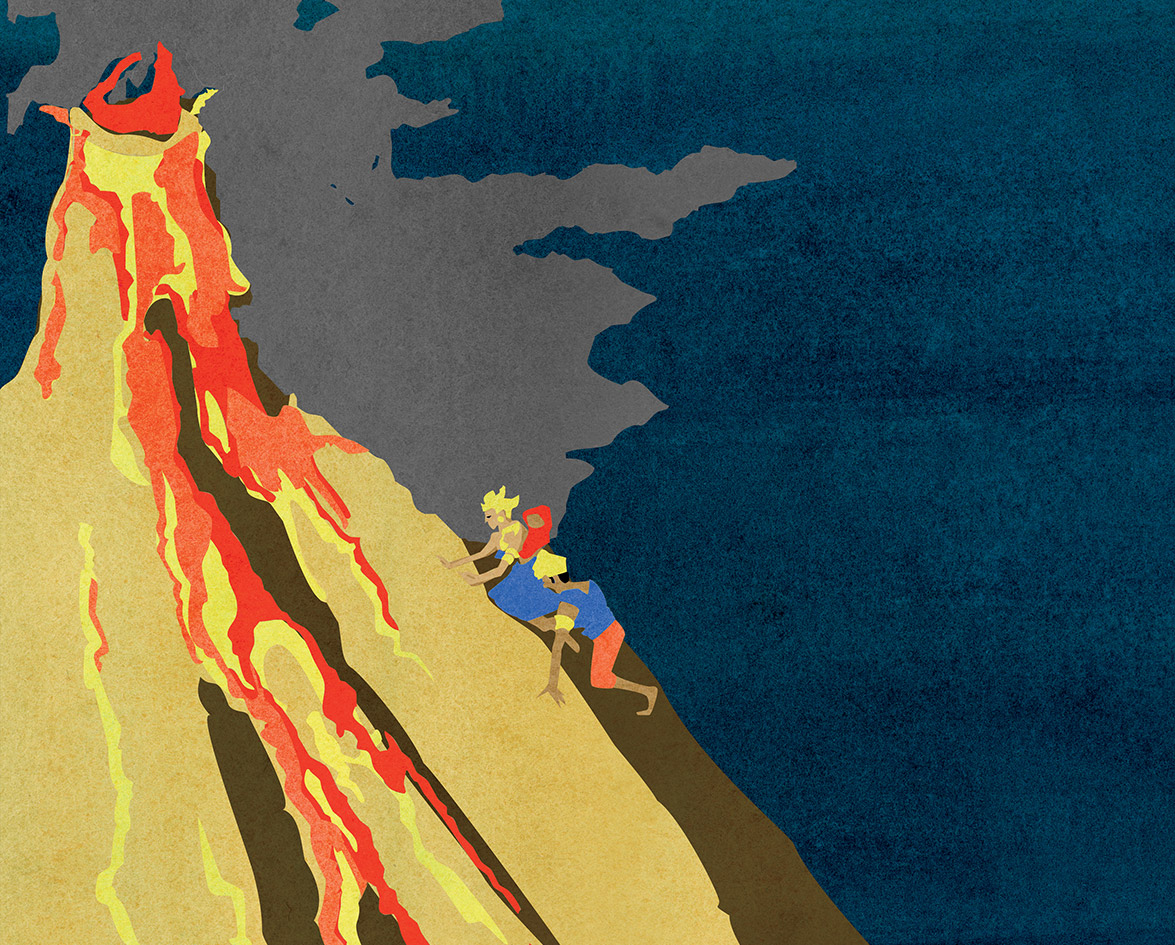A Vietnamese bride dresses in flowing red and gold silk on her wedding day. From her shimmering áo dài — traditional Vietnamese dress — to her embroidered cloak and her khn ng headdress, she is the picture of Vietnamese imperial beauty. Vietnamese weddings have always been elaborate affairs with several days of celebration, lots of food, and multiple dress changes for the bride. Following the immigration of Vietnamese refugees to North America, some traditions have been modified, while others remain unchanged. Bong Nguyen, 64, fondly remembers her wedding in Saigon, Vietnam in 1972. “We did everything traditionally,” she says, “because that’s what you have to do.”
The Proposal Process
Traditionally a matchmaker arranges matches. The matchmaker can be any woman who thinks a pair will make a good couple. She introduces the pair and their parents to one another, and if they all hit it off, they consult an astrologer to determine the young couple’s compatibility. The Vietnamese zodiac is composed of 12 animals, divided into three different groups that dictate compatibility. If the couple’s animals are not compatible there will be no marriage. When the man decides to propose, the matchmaker formally introduces him and his parents to the bride-to-be and her parents. The groom and his parents arrive at the introductory meeting bearing gifts of alcohol, tea, cakes, and tru cau (betel leaves and areca nuts). The groom’s family then asks the bride’s family what they require in exchange for their daughter’s hand. This arrangement is similar to a dowry, but in this instance, the groom’s family covers the cost of the wedding preparations and compensates the bride’s family for the loss of their daughter.
Wedding Gifts
Bach Tuyet Nguyen, 59, explains, “Sometimes, the bride’s family will ask for gifts from the groom’s family for their daughter. A ring and a pair of earrings is always given, but if a family is poor, they may ask for more.”
When they reach an agreement, they consult the astrologer again to determine auspicious dates for the ám hi (engagement party) and the ám ci (wedding). At the ám hi, “The groom’s family will bring gifts of tru cau, alcohol, tea, sticky rice, and fruit on khay for the bride’s family,” says Chi Nguyen, 56. On this day of celebration, the couple has the opportunity to announce their engagement and to seek blessing from the bride’s ancestors. The Vietnamese have a deep reverence towards their ancestors. Their homes usually contain an altar for prayer and offerings. Photos or portraits of deceased family members (usually their parents or grandparents) and statues of deities adorn the altar. The night before the wedding, the bride and her family celebrate with a farewell party. The bride gives thanks to her family for their guidance and protection over the course of her life. The happy night has a touch of sadness because, in a way, the bride’s family loses a daughter. The next day, the groom’s family makes their way to the bride’s home in a procession that must follow a specific order. A representative of the groom’s family leads the group. The leader is usually the eldest or most financially successful male member of the family. Next comes the groom’s father, the groom, and the rest of his close family and friends. The group brings khay: elaborately decorated lacquered boxes, covered in red silk, that contain gifts for the bride’s family. Eight is a lucky number in Vietnamese culture and so eight gifts are carried. The boxes contain tru cau, alcohol, tea, sticky rice, fruit, cake, and jewelry for the bride. The eighth gift is an entire roasted pig: a delicacy. The pig is served at the celebration following the wedding and is also a gift for the matchmaker who brought the couple together. In thanks, the family gives her the best part: the head. A young woman from the bride’s family greets the procession, accepts the gifts, and welcomes the groom’s family into their home. The family later divides the edible gifts, half to be eaten after the ceremony, and half to be given back to the groom’s family. “We give half of the gifts back to show that the groom’s family has been too generous and that our family is not greedy,” says Bong Nguyen.
Wedding Day Blessings And Gratitude
Once the groom’s family has been welcomed, the couple and both sets of parents burn incense sticks and pray to the bride’s ancestors for their blessing. The couple then turns and bows to their parents to thank them for their protection and care because, from this moment on, the couple begins their own family. The couple formally serves tea to the bride’s family, and the bride’s family members share their own marriage experiences and give the couple lì xì (red envelopes) filled with money. The money helps give the couple a financial head start on their future together. The cumulative amount of lì xì given to the newlyweds will often offset the entire cost of their wedding. Both families enjoy the food brought by the groom’s family. Afterwards the bride and her closest family and friends proceed to the groom’s family home to perform the same ceremonies.
Bringing Two Families Together
The day ends with a reception attended by both families and other guests who did not attend the morning ceremonies. Chi Nguyen says, “The couple and their parents will visit each table to drink toasts with their guests and to collect more lì xì.”
“When I prayed the night before the wedding and when we went through the ceremonies at home, I realized that this big day wasn’t just about me and my new husband,” says Thuy Nguyen. “It was about Mom and Dad and our whole family. It was about them giving me away.” Vietnamese weddings are great affairs with much celebration and cheer, but what they are really about is family.





